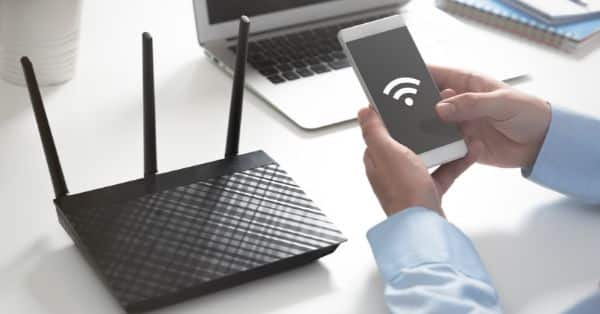T-Mobile announced it has taken the country’s only nationwide 5G standalone (5G SA) network to the next level, lighting up Ultra Capacity 5G on 5G SA nationwide. The move immediately advances T-Mobile’s network – unleashing faster speeds for customers across the country while further reducing any lag in the network with lower latency, improving applications like gaming that require near real-time responsiveness. And it’s another massive step toward unleashing groundbreaking new applications that will thrive on a pure 5G network.
“5G is making a meaningful impact today – changing the way people use their smartphones, bringing choice and competition to home broadband, improving disaster response and so much more … but we’re only scratching the surface on what 5G can do,” said Neville Ray, President of Technology at T-Mobile. “Transformative 5G networks are here, and T-Mobile is leading the charge with not just the largest, fastest and most reliable 5G network, but the most advanced as well. We’re driving the industry forward with 5G standalone and delivering a level of performance for customers that can’t be achieved otherwise.”
New Technology. New Capacity.
With the move to 5G SA on its Ultra Capacity network, T-Mobile is opening up new possibilities for 5G carrier aggregation (NR CA) – which means combining different layers of 5G spectrum together for greater speed and capacity. This year the Un-carrier will begin combining three channels of Ultra Capacity 5G, which in tests produced peak speeds topping 3 Gbps (mind-blowingly fast). Customers with the Samsung Galaxy S22 will be the first to leverage this new capability in the coming weeks, and it will expand to additional devices in the near future.
T-Mobile is the network leader, delivering a 5G network that is larger, faster, and more reliable than any other in the US. The Un-carrier’s Extended Range 5G now covers 321 million people across 1.9 million square miles – more than AT&T and Verizon combined. 250 million people nationwide are covered by T-Mobile’s super-fast Ultra Capacity 5G, and the Un-carrier plans to reach 300 million people with Ultra Capacity next year.
For more information on T-Mobile’s 5G network, visit: https://www.t-mobile.com/coverage/4g-lte-5g-networks.
























